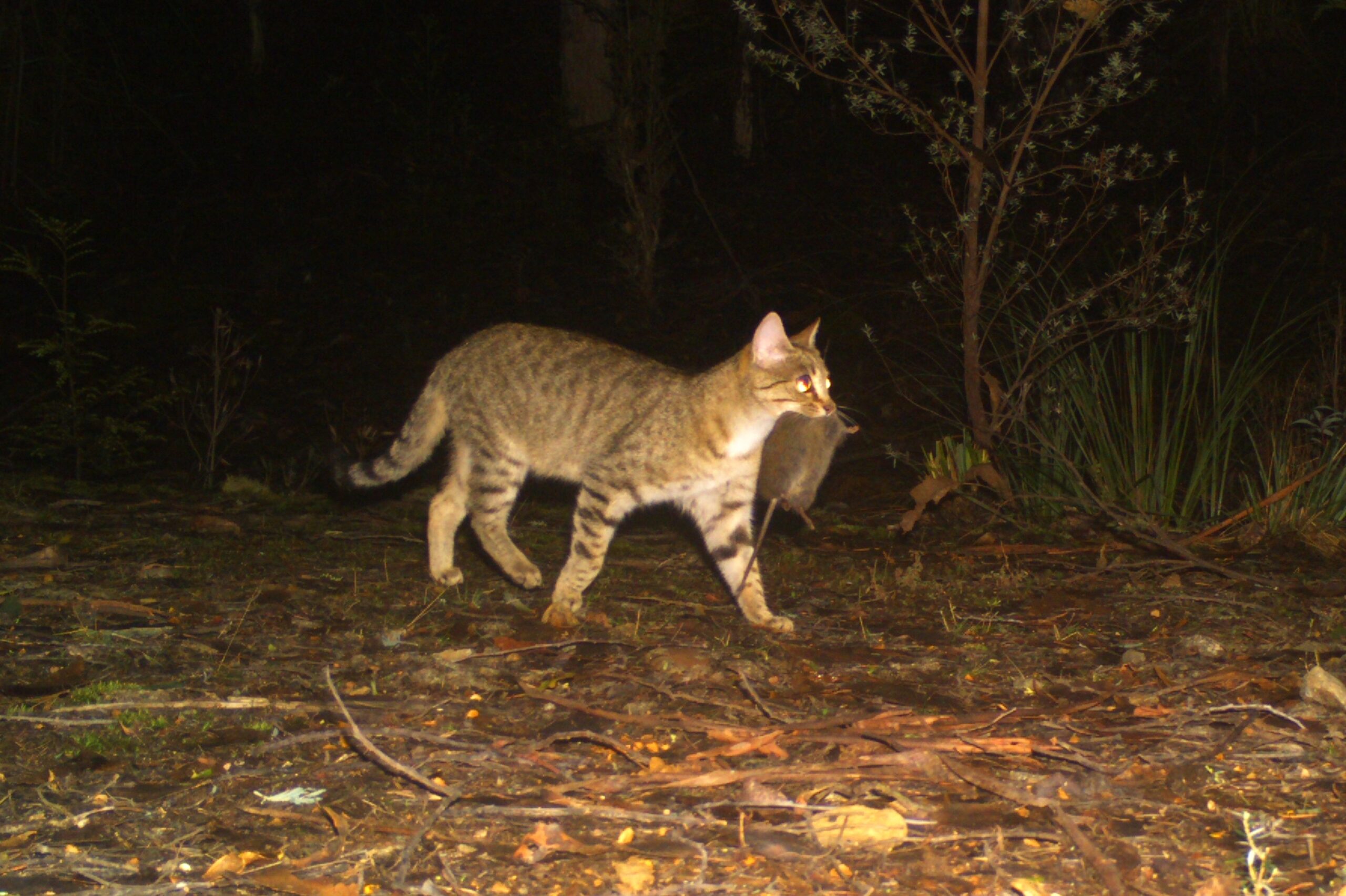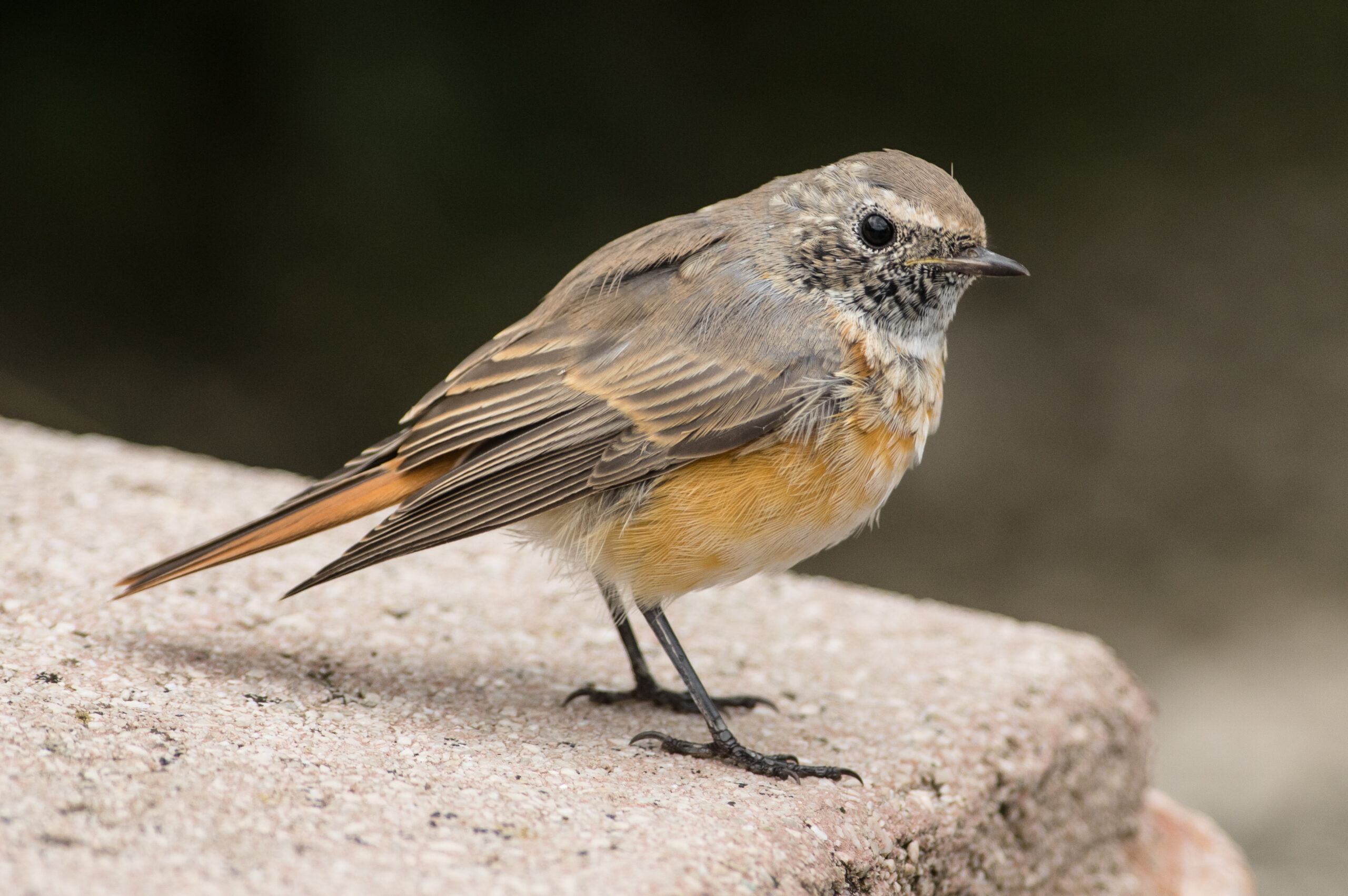Breeding out bad genes to protect biodiversity
Although their presence in the landscape has been relatively short, the impact feral cats have made on Australia’s native wildlife has been significant, with estimates of nearly two thousand native animals – birds, reptiles, mammals, and frogs – falling prey to feral cats every minute. These cats are also considered to have been largely responsible […]
Continue Reading




